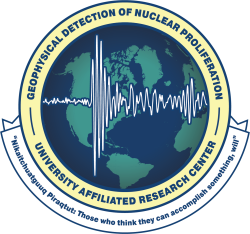The Astrophysics Research and Analysis Program (APRA, D.3) solicits basic research proposals for investigations that are relevant to NASA’s programs in astronomy and astrophysics and includes research over the entire range of photons, gravitational waves, and particle astrophysics. Proposals are solicited in the following five broad categories:
· Suborbital/Suborbital-class Investigations
· Detector Development
· Supporting Technology
· Laboratory Astrophysics
· Astrophysics U.S. Participating Investigators
This APRA opportunity offers a suite of new-generation commercial suborbital platforms, made available via a partnership with NASA’s Flight Opportunities Program, to investigators at no additional cost. These new commercial capabilities are offered in addition to the traditional NASA-provided suborbital platforms. Proposers are invited to consider proposing innovative investigations to take advantage of new commercial suborbital platforms to increase the scientific yield and impact of the proposed research. SMD expects this to enable flying smaller payloads, with a commensurate decease in cost, that take advantage of these capabilities at a higher cadence, provided that proposals are of sufficient merit.
ROSES-2022 Amendment 45 announces a major revision to the sections of D.3 APRA about Suborbital/suborbital-class investigations. In particular, suborbital investigations require a preliminary Payload Requirements Document (PRD) be uploaded along with the mandatory Notice of Intent and a final PRD be uploaded along with the proposal. The changes were too numerous to be shown in the document. Instead, a succinct list of the changes is provided in the bold notice at the top of the program element text. The due dates are unchanged: Mandatory NOIs are due October 21, 2022, and proposals are due December 15, 2022.

